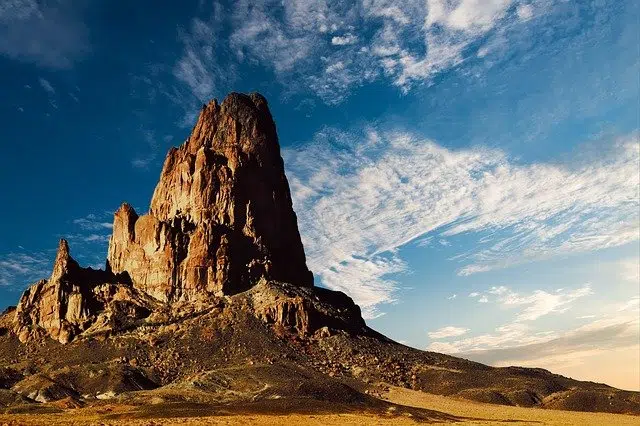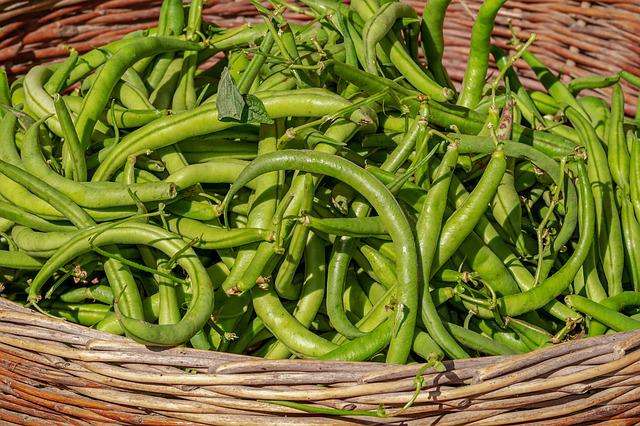
A striking landscape of Arizona, which was part of Arid America
The area , defined by its cultural characteristics, located north of Mesoamerica , is known as Aridoamerica . The concept refers to the region that, before the arrival of Europeans to the American continent, included parts of the current southern United States and north-central Mexico .
Distribution of Aridoamerica
Since it covers parts of two current countries, to talk about its distribution it is convenient to describe it in two parts. With respect to the current Mexican territory, therefore, they are part of Ardioamérica:
* an important portion of northwest Chihuahua ;
* almost all of Nuevo León and Tamaulipas ;
* a portion of Durango , Zacatecas and San Luis de Potosí ;
* Coahuila , a state located in the northeast of Mexico and divided into thirty-eight municipalities;
* a portion of the northeast and west coast of Sonora ;
* the states of Baja California and Baja California Sur ;
* depending on the source, northern Guanajuato, Jalisco, Aguascalientes, Sinaloa, Querétaro and Hidalgo may also be included.
With respect to the United States, Aridoamérica encompassed:
* almost all of the states Nevada, New Mexico and California ;
* fifty percent of Utah ;
* a part of the southeast and another of the northwest of Arizona ;
* a portion of western and another of southern Texas .
General characteristics
In contrast to nearby areas, Arid America has reduced biodiversity, with little vegetation and a preponderance of cacti and shrubs. Its climate is dry and arid , registering extreme temperatures, and water reserves are limited.
According to what has been detected by archaeology , there are vestiges of cultures in Arid America of great antiquity. Traces of precursor agricultural practices were also found in America .
It is important to note that, due to the aforementioned aridity, the peoples of Arid America were forced to trade with their neighbors. In some cases, the need to subsist led them to attack those who lived in Mesoamerica . The contact, however, also allowed them to benefit from the advances made by the main civilizations of the region, such as the Aztecs and the Mayans .
It should be mentioned that the extreme climate contributed to Arid America having a reduced number of human settlements . For a long time , populations were semi-nomadic that only settled at certain times of the year, with gathering and hunting as the most important methods of subsistence.
Crops and food
The name of this ancient region leaves no room for imagination regarding the characteristics of its soils . However, this does not mean that an interesting diversity of plants did not grow throughout its extension that have served as food for its inhabitants. Let's talk for example about the Nahua tribes, which are generally included under the name Chichimecas : they are hunter-gatherers who lived in grassland areas.

In Arid America there has always been an important variety of beans.
There they dedicated themselves to collecting chia seeds, mesquite beans, yucca flowers, cactus seeds and magueyes, among other products of nature that were essential for their subsistence. We must not fail to mention the plant called Agave Americana , known in everyday speech as "of the century", since its importance in Arid America was unquestionable.
Corn began to be cultivated in the region in the 22nd century BC. C., although there are two theories regarding its origins: there are archaeologists who claim it was brought by the Uto-Aztecs from Mesoamerica ; others claim that it arrived as a cultural loan from other civilizations, whether from the north or south. If we talk about wild beans that have been used in agricultural plantations, Arid America has always had considerable diversity, in addition to the conditions conducive to their domestication.
